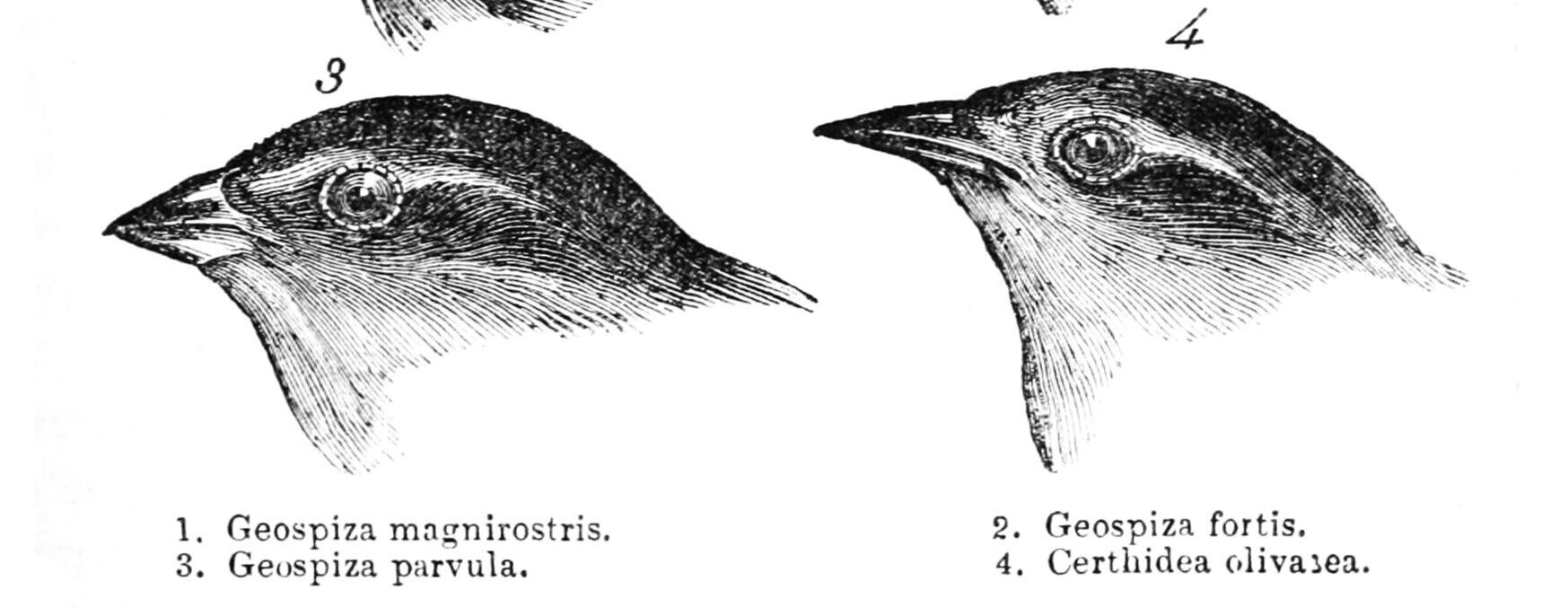What is natural selection?
Definition and explanation
Natural selection is the process by which the natural environment causes different organisms to survive or die based on their different traits It’s where the term “survival of the fittest” comes from. Natural selection is one of the key driving forces behind evolution - the process by which species become better adapted to their environment over long periods of time.
It’s called ‘natural selection’ because it's a way of selecting organisms with certain traits that’s driven completely by nature, compared to ‘artificial selection’ such as when humans breed sheep to become more wooly and more tame by deliberately cross-breeding and selecting for desirable-to-humans traits.
There’s a lot of variation between and within animal species (just think of the variation between different breeds of pet dogs). In the wild, this variation between animals gives each one of them a better or worse chance at surviving; maybe one bird has a slightly longer beak that lets it get worms out of the ground more easily.
This variation means that animals with some traits (such as a long, pointy beak) are more likely to survive and reproduce, while others will die (because resources are limited in the wild and so there is a competition to survive). When an animal reproduces it passes on its character traits to its children via its genes, which are physically stored in DNA. This means that over time certain traits that are useful for survival in the wild are positively selected for, and traits that are unhelpful are negatively selected for (via natural selection!). This process is how species evolve to succeed in their environment.
Charles Darwin was the first to popularise the term ‘natural selection’ and to tie it into the theory of evolution in his book On the Origin of Species, which was published in 1859.
Examples of natural selection in action
But natural selection doesn't only happen on the level of living organisms. Evolutionary biologist Richard Dawkins first popularised the notion that the gene - not the organism - is the fundamental unit of natural selection in his book The Selfish Gene.
We can extend this idea to really anything that can exist in a diverse population with the ability to replicate through time. Although it sounds crazy, internet memes are one such thing!
Internet memes are constantly being produced by people all over the world. People build on, riff off, and modify existing funny memes to create new ones: mimicking the natural variation and experimentation we find in living organisms.
The worst, least funny memes die off in some unexplored corner of the internet; but the funny memes get shared, multiply, and get built on by others (i.e. mutate). Memes that hit the sweet spot of viral internet hit are the ones that win this evolutionary contest. During this process we’ve selected for the funniest meme, not deliberately with one person designing the perfect meme, but through a process of ‘natural’ selection where the good memes thrive and bad memes die.
You might be surprised to learn that it was actually Richard Dawkins who coined the word ‘meme’ back in 1976 in The Selfish Gene. The way we use the word ‘meme’ now mostly refers to the narrow sub-example of an internet cartoon.
But Dawkins originally coined the word as a name for ‘a unit of cultural transmission’ which acts as a replicator in the same way that a gene does. Since cultural transmission is based on imitating things you see, Dawkins looked to the ancient Greek word mīmēma which means ‘imitated thing’, and which he shortened to the word ‘meme’.

